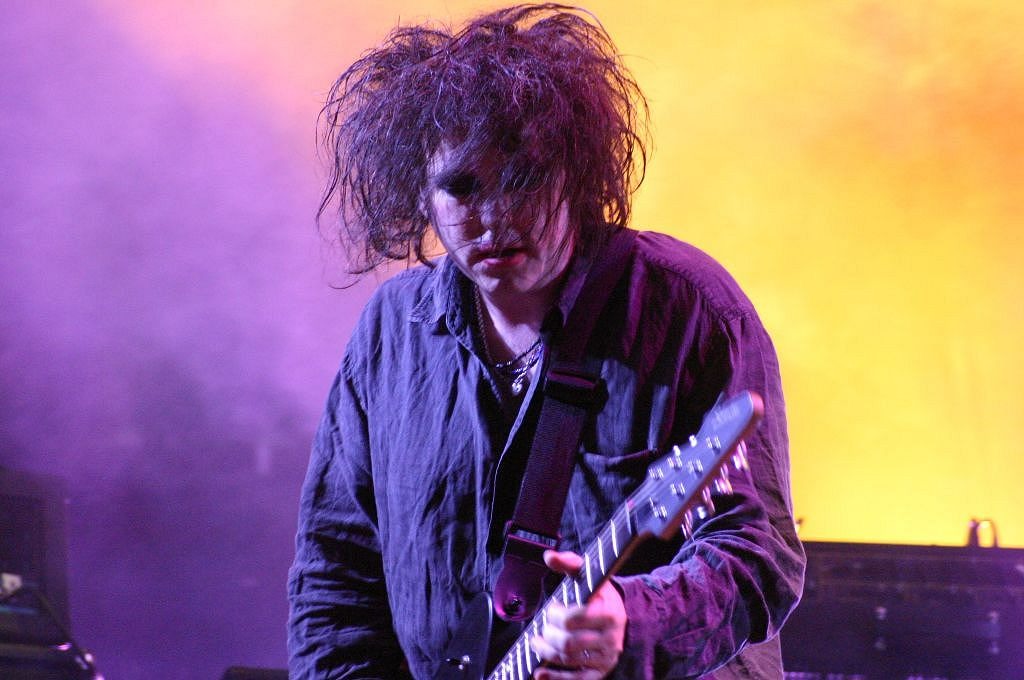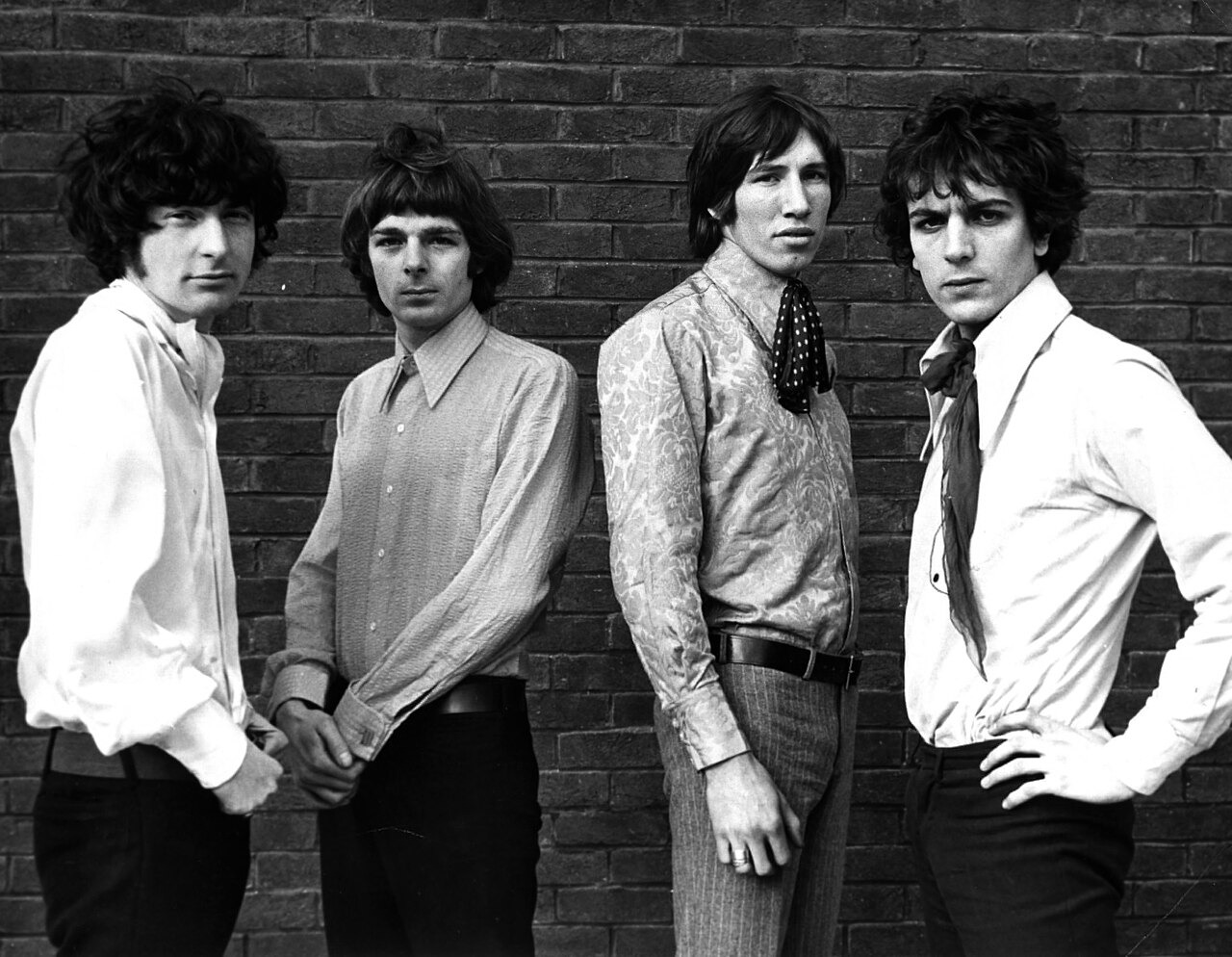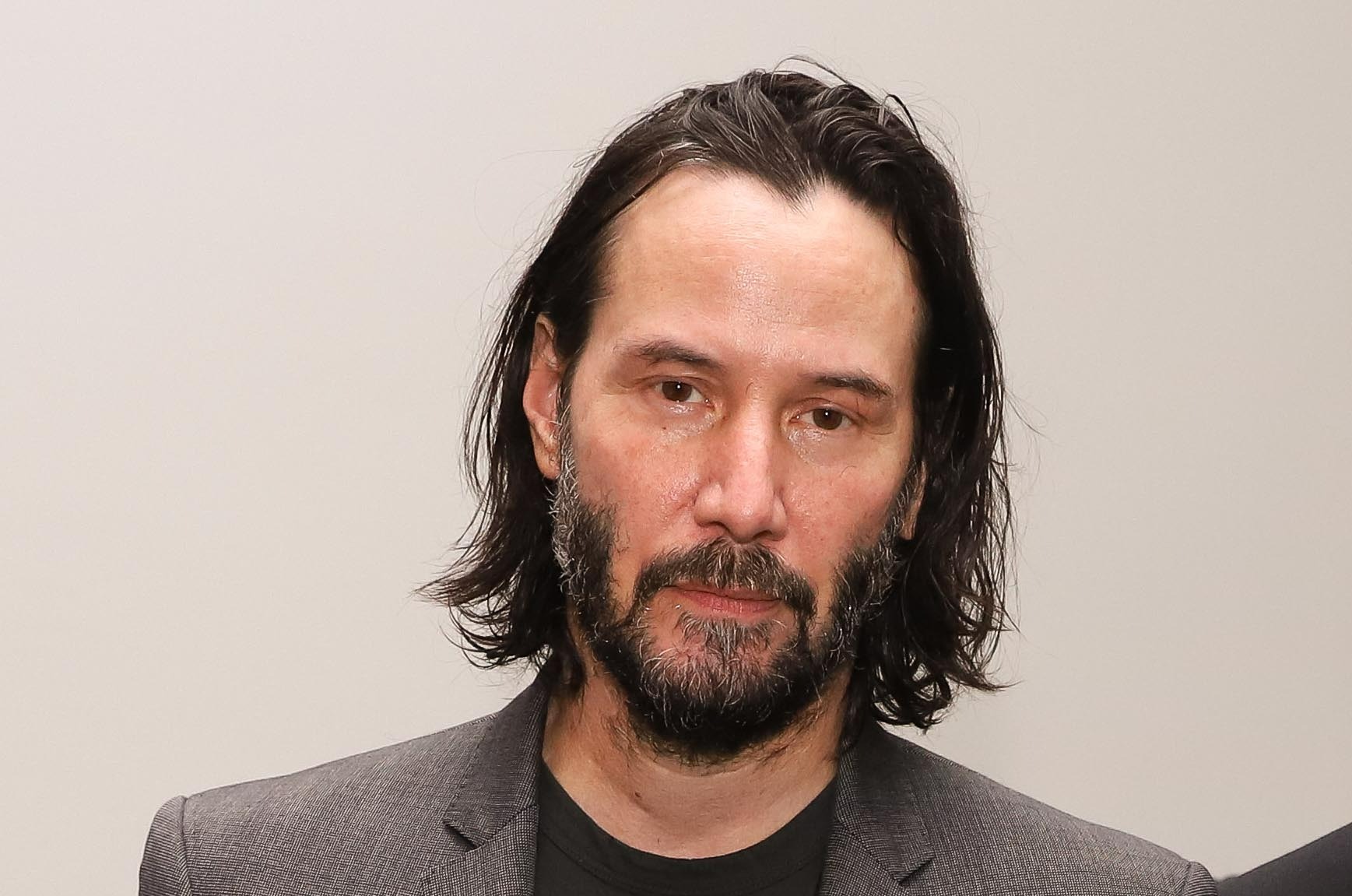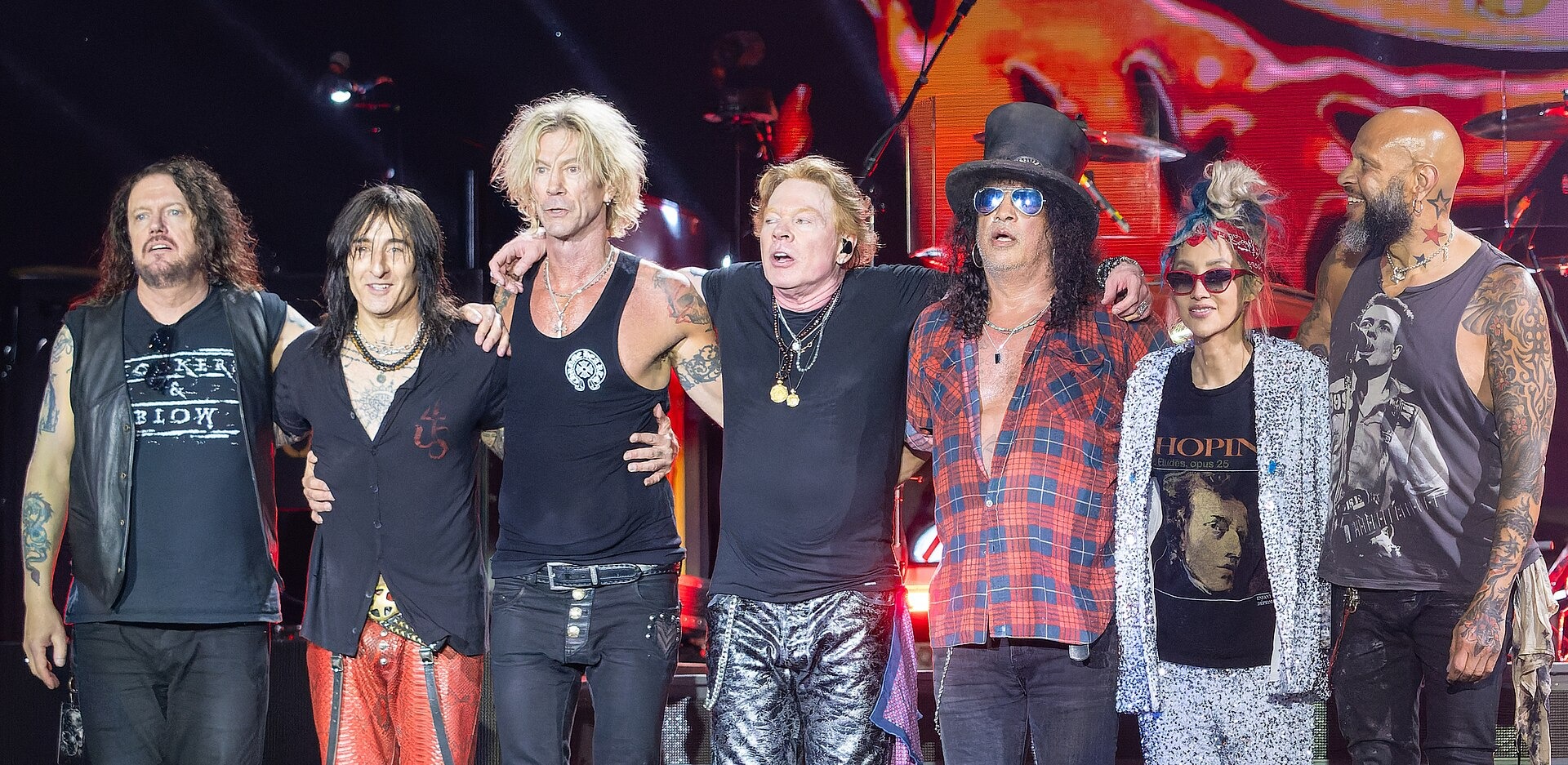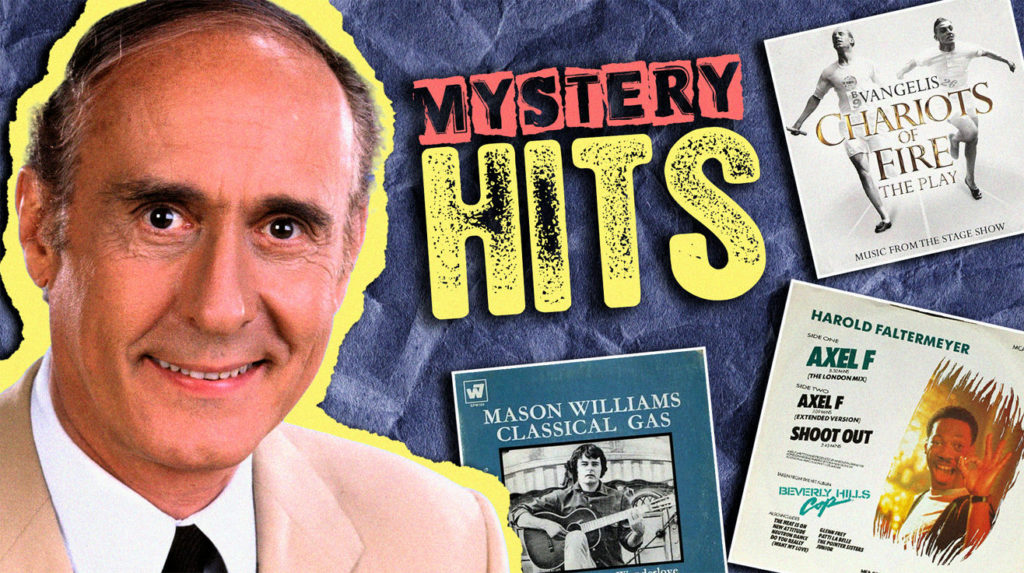
Ever cringed when someone asks “what’s that song?” and all you can do is hum the melody? These instrumental tracks have infiltrated our collective consciousness like musical ninjas – instantly recognizable yet perpetually nameless. From elevators to epic movie moments, these wordless wonders create the soundtrack to our lives without ever demanding proper credit. Ready to finally put names to those earworms that have been living rent-free in your brain for decades?
10. The Entertainer – Scott Joplin
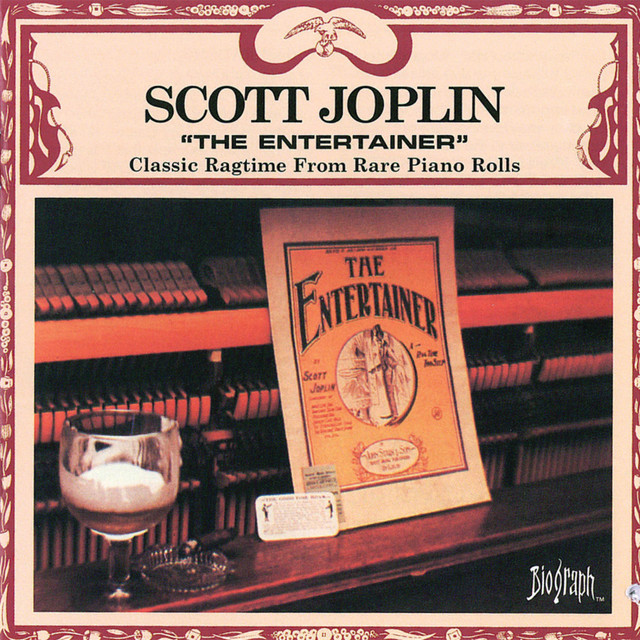
This piano rag went from sheet music sensation to modern pop culture staple faster than you can say “ice cream truck anthem.” According to music historians, it became the best-selling sheet music of 1903 before Marvin Hamlisch’s adaptation for “The Sting” gave it new life in the 1970s.
The Recording Industry Association officially ranked it #10 on their “Songs of the Century” list, proving that sometimes the classics never go out of style. That instantly recognizable melody has soundtracked everything from your childhood ice cream chase to that quirky indie film you pretended to understand in college.
9. Axel F – Harold Faltermeyer
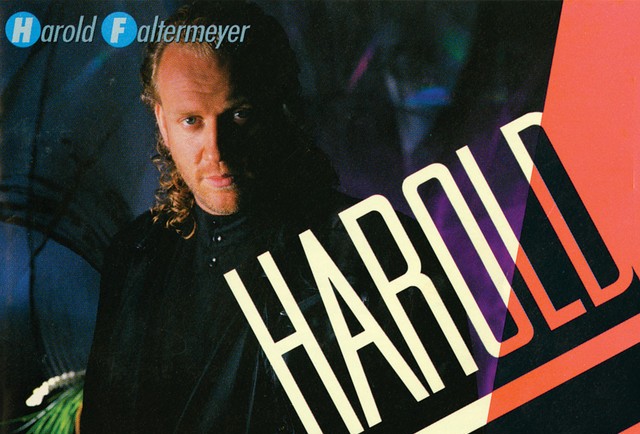
Remember that synth track from every ’80s-themed party ever? That’s Harold Faltermeyer’s “Axel F,” the Beverly Hills Cop theme that launched a thousand ringtones. Billboard charts confirm this track climbed to #3, proving instrumental songs could compete with vocal hits in the MTV era.
Its electronic hooks made it as ubiquitous as neon legwarmers, and just as impossible to forget. Think about the last time you heard it – you definitely bobbed your head without even realizing it. Like that one friend who shows up uninvited but always brings good vibes, “Axel F” refuses to leave pop culture’s party.
8. Classical Gas – Mason Williams
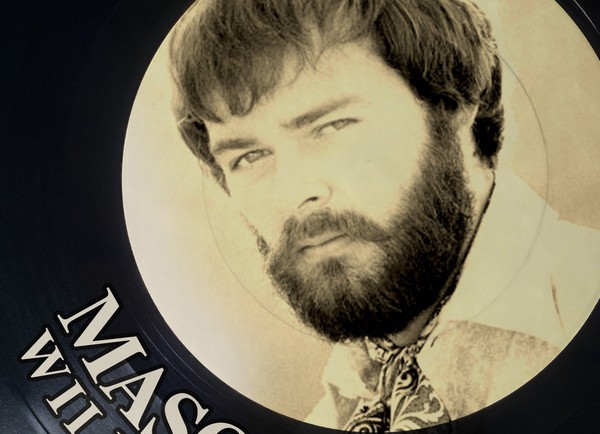
This guitar masterpiece is what your uncle thinks he sounds like after three months of YouTube tutorials. Mason Williams unleashed this forgotten finger-picking phenomenon in 1968, but it’s the track’s constant reappearance in commercials that’s kept it lurking in our collective subconscious.
As documented in Rolling Stone’s retrospective on instrumental classics, “Classical Gas” became a staple for guitarists everywhere – the acoustic equivalent of doing a backflip to impress your friends. It’s sophisticated enough for the wine and cheese crowd but catchy enough for everyone who just wants something pleasant playing in the background.
7. Green Onions – Booker T. & the M.G.’s
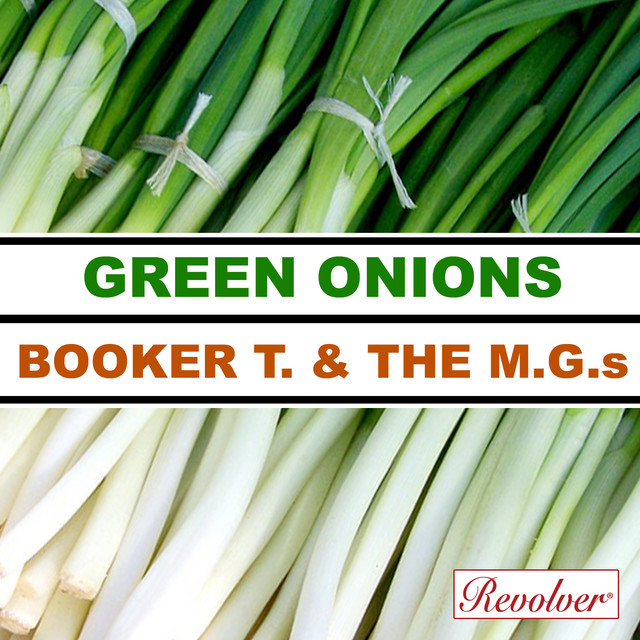
This track is the musical equivalent of cool – effortless, timeless, and impossible to fake. The iconic organ riff has been borrowed by everyone from film directors to commercial producers trying to inject instant coolness into their work, as noted by the Rock and Roll Hall of Fame’s profile on the band.
Billboard archives show it reached #3 on the Hot 100 while claiming the #1 spot on the R&B charts. That groove has soundtracked more slow-motion walking scenes than any legal team could track down. It’s the rare instrumental that manages to say more without words than most songs accomplish with a full lyric sheet.
6. Take Five – Dave Brubeck Quartet
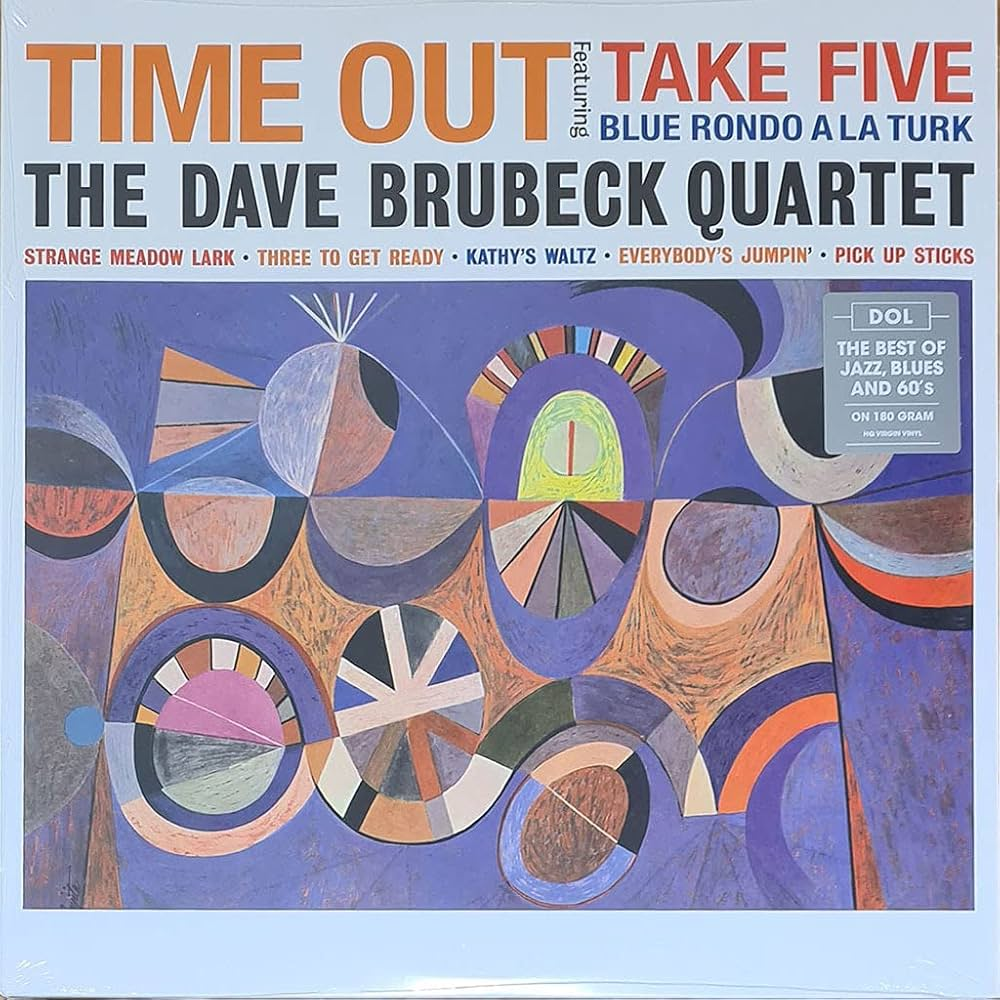
Jazz purists and casual listeners both agree on one thing – this track slaps, even with its mathematical time signature that would give your high school algebra teacher heart palpitations. Music scholars point to its revolutionary 5/4 timing as the reason it stands out in a sea of predictable 4/4 beats.
The album “Time Out” sold over a million copies according to Columbia Records’ historical data, making it the first jazz instrumental to go platinum. It’s sophisticated enough to make you feel smart while listening, but accessible enough that you’ve probably hummed it while waiting for your latte without realizing your brief jazz career.
5. Popcorn – Hot Butter

This track is basically what robots would play at their dance parties. Hot Butter’s electronic earworm topped charts worldwide in 1972, bringing synthesizer sounds to shopping malls and radio stations decades before EDM bros discovered their first beat drops.
Music technology journals credit its pioneering use of the Moog synthesizer as a breakthrough moment for electronic music in popular culture. The bouncy melody has appeared in everything from European commercials to video games, becoming the unofficial theme song for any scene involving rapid, repetitive movement. It’s like musical caffeine – short, energetic, and impossible to sit still while listening.
4. Chariots of Fire – Vangelis

This is the track your brain automatically plays whenever you run for a bus in slow motion. Greek composer Vangelis created this synthesizer anthem for the 1981 film about British Olympic athletes, and slow-motion sports montages have never been the same since.
Academy Award records confirm it won Best Original Score, beating out heavyweight competition from John Williams. According to film music experts, its gradual build from gentle piano to triumphant synth has made it the unofficial soundtrack for every underdog story, graduation ceremony, and inspirational moment for the last four decades.
3. The Pink Panther Theme – Henry Mancini

If sneaking around had an official soundtrack, this would be it. Henry Mancini’s jazzy masterpiece from 1963 is so effective at conveying mischief that merely hearing it makes you want to tiptoe exaggeratedly, despite having done nothing wrong.
Jazz historians highlight its innovative use of chromatic bass lines and that instantly recognizable tenor saxophone melody as reasons for its enduring appeal. Like that one black turtleneck in your closet, it never goes out of style and always works in situations requiring a touch of mystery. The theme has been licensed for everything from cartoons to insurance commercials, proving some melodies just refuse to fade away.
2. Also Sprach Zarathustra (Theme from 2001: A Space Odyssey) – Richard Strauss

This is the ultimate “make anything seem epic” music – the sonic equivalent of adding slow-motion and lens flare to ordinary footage. Classical music scholars note this 1896 composition gained modern fame when Stanley Kubrick featured it in his 1968 sci-fi masterpiece “2001: A Space Odyssey.”
Those dramatic opening notes have announced everything from Elvis’s stage entrances to the start of wrestling matches, according to performance archives. The massive timpani and brass fanfare has become shorthand for “something important is happening right now.” It’s classical music’s most successful crossover hit, instantly transforming any mundane moment into something of cosmic significance.
1. Flight of the Bumblebee – Nikolai Rimsky-Korsakov

This is what plays in your head when you’re running late and trying to do five things simultaneously. Rimsky-Korsakov’s frantic orchestral piece from 1900 packs approximately 2,000 notes into less than two minutes, according to music performance records.
Classical music publications consistently rank it among the most technically demanding pieces in the repertoire. Its blistering pace has made it the go-to soundtrack for any scene involving hurry, chaos, or general pandemonium. Like that one friend who talks a mile a minute, it somehow manages to be both exhausting and exhilarating at the same time, leaving everyone slightly dizzy but thoroughly impressed.







